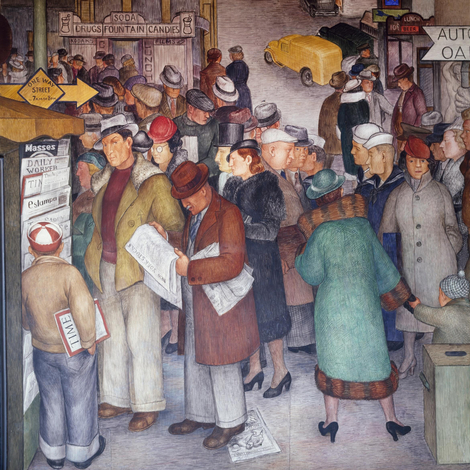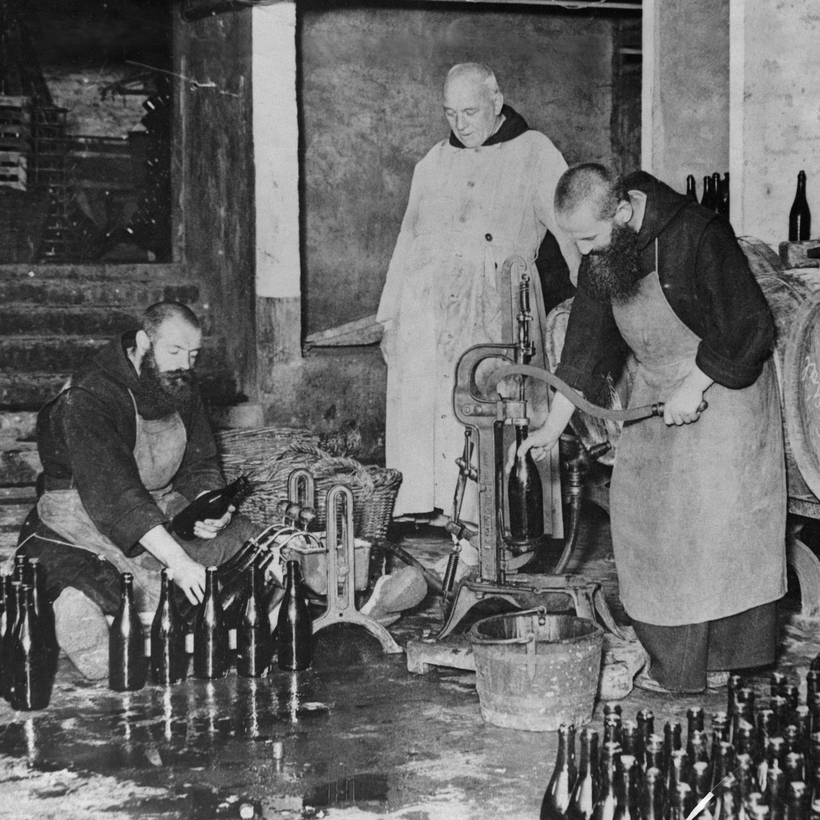In 1955, the Englewood United Methodist Church in Rocky Mount, North Carolina, was just two months old and in desperate need of funds. Bake sales, fish fries, and pancake breakfasts were failing to bring in enough money to cover planned construction costs. But one member of the congregation, Dr. H. Boone Grant, had a capital idea to raise cash.

Grant purchased shelled peanuts in bulk, and along with his wife, Elizabeth, and their five children, fried and packaged them for sale at 50 cents a jar. Fast-forward to today, and the Englewood Methodist Men’s Club peanuts—always water-blanched before getting fried and salted—gross six figures annually for the church, at $3 a jar.
Some consider North Carolina church nuts to be the best nuts in the country. The New York restaurateur Danny Meyer was an early evangelist for the even saltier nuts of the Mount Olive First United Methodist Church, whose peanut production began in 1965 after Englewood shared their recipe. However, they are far from the only superlative vittles with a cult following whose secret ingredient is piety.

There are the Carthusian monks of France, who have been making their Chartreuse liqueur since 1737, based on a secret recipe composed of 130 different herbs and plants. In 2019, the monks—of whom only three at any time know the exact recipe—announced that production of their famed concoction would be limited to 1.6 million bottles annually, causing worldwide shortages of the distillate. (As Quentin Tarantino put it in his film Death Proof: “Chartreuse! The only liquor so good they named a color after it!”)

Belgian Trappist monks are responsible for brewing what is widely considered some of the greatest beer in the world. In particular, the Westvleteren abbey’s “quadrupel”-style—heavy, malty, very alcoholic—Trappist Westvleteren 12, which held the No. 1 rating in the world for many years on the (now defunct) RateBeer Web site, despite being available for sale only at the monks’ brewery.
The monks of Buckfast Abbey, in Devon, England, turn out a true oddity, the caffeinated, 15 percent A.B.V. Buckfast Tonic Wine. It was originally made as a medicinal tipple in the late 1800s—“Three small glasses a day, for good health and lively blood,” per the slogan—but these days the longest section of Buckfast’s Wikipedia page collates the criminal behavior associated with its consumption. (In 2016, a Scottish sheriff declared that there was a “very definite association between Buckfast and violence.”)
In what sounds like something out of the Paul Thomas Anderson film One Battle After Another, nuns from the Sisters of the Valley, in Merced, California, have been growing their own cannabis since 2015. However, the convent’s healing hemp oils, tinctures, and mushroom coffee—produced following the lunar cycle—aren’t good for a buzz. Now a decade into making their medicinal CBD products “with love and spiritual intention,” the “weed nuns” were, last May, even featured in a question on Jeopardy.
In an atomized era when authenticity is in short supply, comestibles made by religious orders offer a backstory that is increasingly attractive. A devotion to the spiritual instead of to the profitable always adds a little extra flavor.
Spike Carter is a writer and filmmaker


